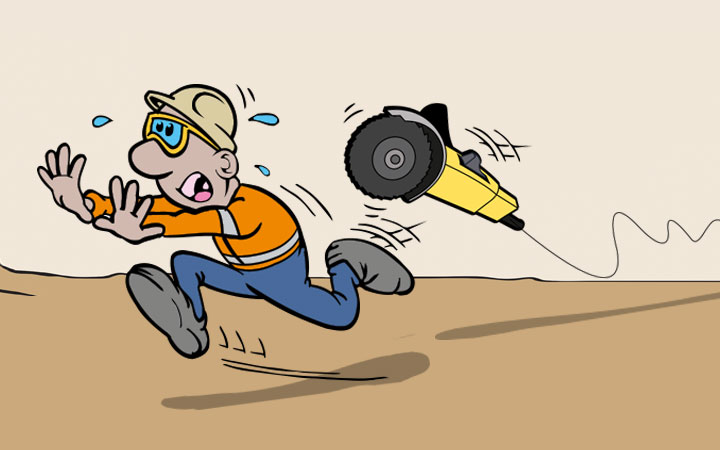Probably not, but advocates of this holistic training model swear that it’s far more effective than using traditional training methods alone.
The 70:20:10 model is based on the idea that people learn more effectively when learning combines new information with retrieved knowledge (what the person already knows) and practical application (work experience).
The approximate weighing of each of these factors has been suggested as follows.
- 70% of skill development comes from practical, on-the-job experience. This includes the successes and the mistakes.
- 20% of skill development comes from retrieving what you know, or what you have recently learned, and discussing/sharing this with friends, work colleagues, supervisor, etc.
- 10% of skill development comes from formal learning, in the classroom, reading an equipment manual or online eLearning courses.
So to put it in context….
Let’s say you are the Subject Matter Expert (SME) in charge of developing a training course on the safe use of an angle grinder.
You have a wealth of knowledge and experience, probably gained through the 70:20:10 model, and hopefully you will be able to pass this knowledge onto the students in a similar manner.
70%: Your years of experience as a successful tradesman working with big and small clients on 100’s of successfully completed jobs.
Lessons learned along the way from incidents and near misses. For example you always check the tool is switched off before putting it on the ground. The sight of a 9-inch (230 mm) angle grinder chasing you across the worksite is not something you want to see ever again.
20%: Sharing information by writing a toolbox talk, discussing it with a co-worker or teaching/mentoring others, is a great way to make sure you know what you are talking about. It is important to practice what you preach. Having a 16-year-old apprentice point out (loudly, in the middle of a busy work site) that you are not holding the grinder at the appropriate height or angle can be embarrassing.
10%: You are never too old or too smart to learn something new. For example, did you know that according to the University of Western Australia, the angle grinder is one of the most dangerous tools in any workplace?
At Pertrain we use the 70:20:10 model when designing training resources for our clients. We can provide:
- the training manual/resource book (the 10%)
- suggested activities and practical demonstrations (part of the 20%)
- information about mentoring, on-the-job skills development and competency based practical assessment tools for use in the work place (to support the 70%).
Developing the tools is only a small part of the process, less than 30%. The 70:20:10 Learning Model can only be successful if the organisation embraces life-long learning and skill development at all levels. On-the-job training must be part of day-to-day operations. This is up to the organisation itself – YOU must be the 70.
For more information on how Pertrain can help you to meet your training needs, go to: http://www.pertrain.com.au/training-materials/
Sources:
- Jennings, C. 70:20:10 Framework Explained, https://www.702010forum.com/files/publication-abstract.pdf
- Malamed, C. Debunking the study, study, study myth, 2012, http://theelearningcoach.com/learning/retrieval-cues-and-learning/
- NGO Learning Centre, 70:20:10, http://ngolearning.com.au/702010-how-can-i-do-it/ and, http://ngolearning.com.au/702010-learning-theory/

